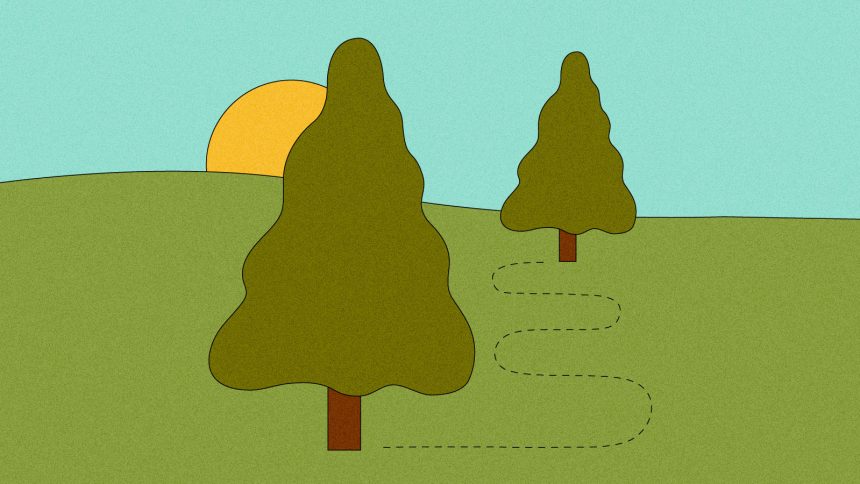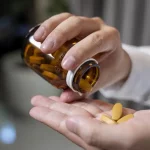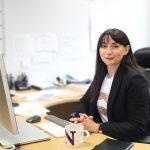The vision
The old tree spoke: Burr of blade and crash of trunk broke embraces held for centuries. My grove — seeded ere memory — found itself emptied of life by the sound and fury of saw. Alone, I watched seasons grow erratic. Alone, I watched frost whip rathe flowers. Alone, I watched heat deepen and linger. Alone, I lost the hope to restore the grove. Then, the humans returned. With spade in place of saw, they broke the ground again. In wounds reopened, they sowed you whose roots embrace all mine, you who taste of lands unknown. Together, we might withstand these changes. — a drabble by Syris Valentine
The spotlight
On a near cloudless August day, I arrived at a waist-high iron barrier gate in Washington’s Marckworth State Forest, accompanied by staff from the Mountains to Sound Greenway Trust, a Seattle-based nonprofit that conserves and restores land from the easternmost edge of the Cascade mountains to the Puget Sound — an area known as the Mountains to Sound Greenway National Heritage Area. In 1900, Weyerhaeuser — the second largest lumber company in North America — bought its first 900,000 acres of timberland in what, today, is the greenway. “The birth of industrial timber was right here,” said the trust’s executive director Jon Hoekstra, “for better or for worse.”
For 35 years, Hoekstra said, conservation groups and nearby tribes have made intense efforts to knit the devastated forests back together through many different projects. On this particular day, Kate Fancher, the trust’s restoration project manager, took me into the forest to the Stossel Creek reforestation site, which lies some 20 miles northeast of Seattle in the foothills of the Cascade mountains. Stossel Creek is unique among the roughly four dozen projects that the trust currently manages.
Here, Fancher is overseeing a multiyear experiment on an urgent new approach to forest management: assisted migration. The strategy involves intentionally shifting the range of certain trees to make forests more resilient to climate change. “I’m not used to doing this type of experiment. Normally it’s more informal,” she said. “But I think it’s really important to see what we can take away from this and then potentially tie that into our restoration work going forward.”
For the last several decades, standard best practice for reforestation projects said to source native treelings from local nurseries that collect seed from nearby forests. Forest managers learned the hard way that locally sourced seedlings had a better chance of survival, forest geneticist Sally Aitken later told me. During early large-scale reforestation campaigns, seedlings sourced from native but nonlocal trees had a much harder time establishing themselves into environments they weren’t adapted to. Many died. Those that survived often failed to grow as tall or healthy as their locally sourced counterparts.
“Forest geneticists spent decades and decades convincing foresters that they should use local populations of trees to get their seed from for reforestation,” said Aitken, who has been studying the implications of climate change for trees since the early ’90s. But as the changing climate has created both new extremes and a new normal outside of what local species evolved to withstand, some forest managers are championing an approach that replants with trees adapted not to the current climate, but to the future one. While that can mean introducing species into ecosystems they have never before occupied, in most cases, like Stossel Creek, the species are the same ones already in the forest, but the individual seedlings are trucked in from other regions, selected based on the environments they’ve adapted to.






